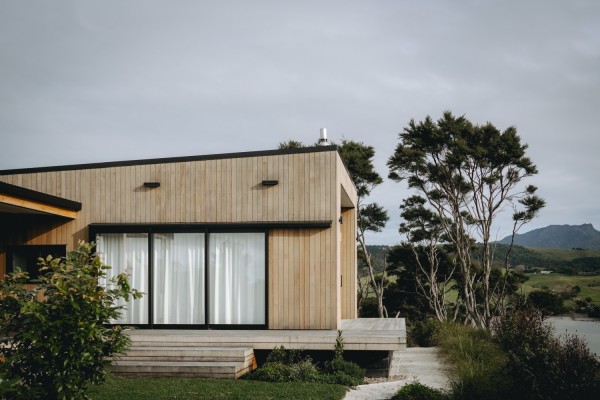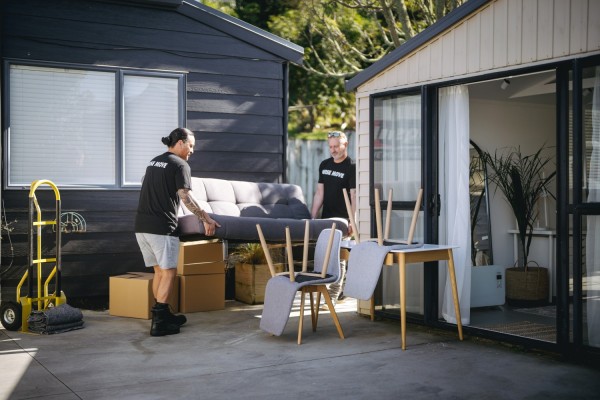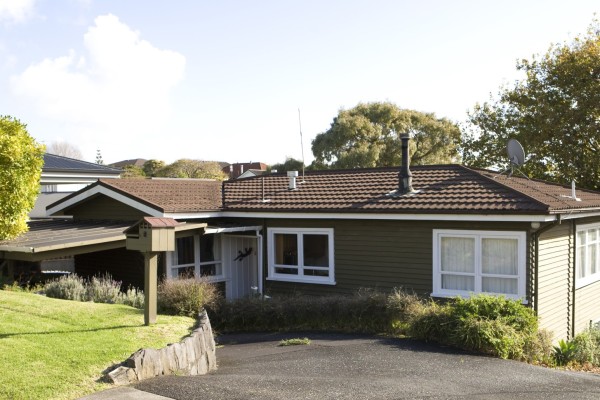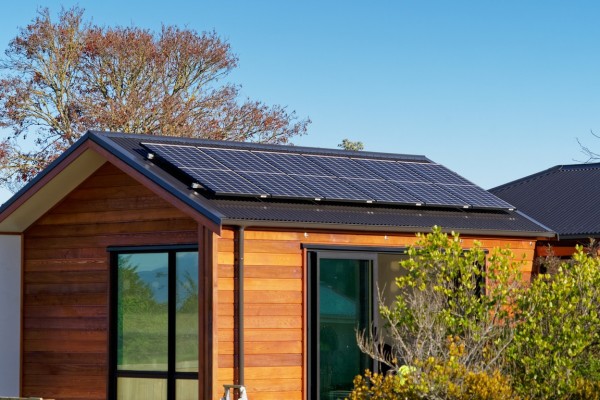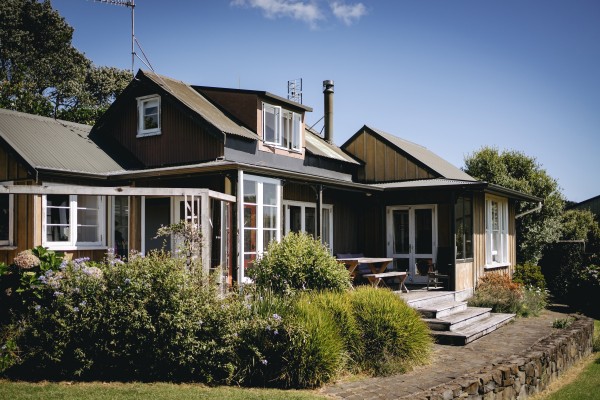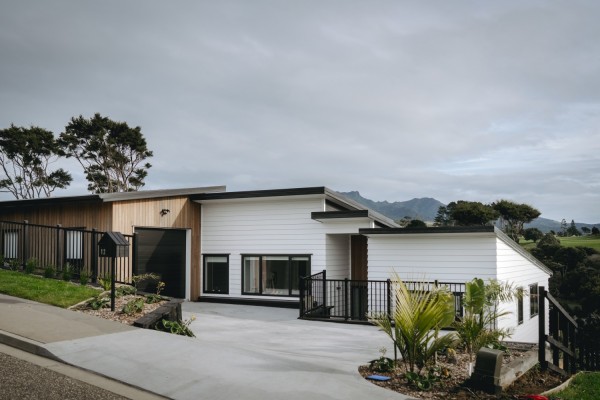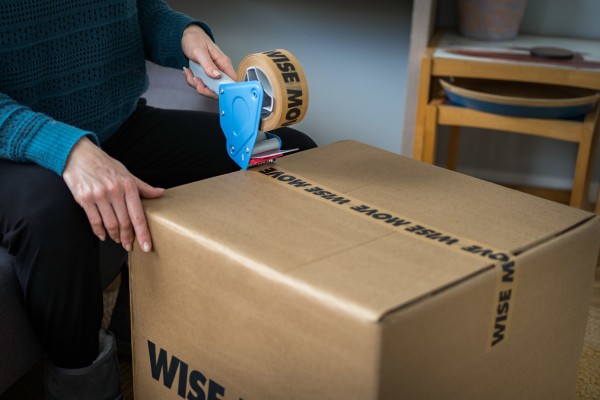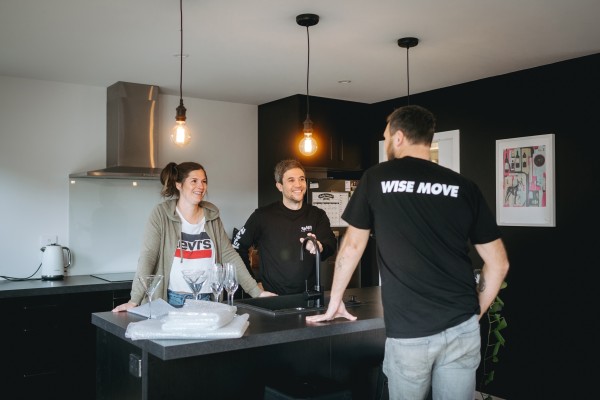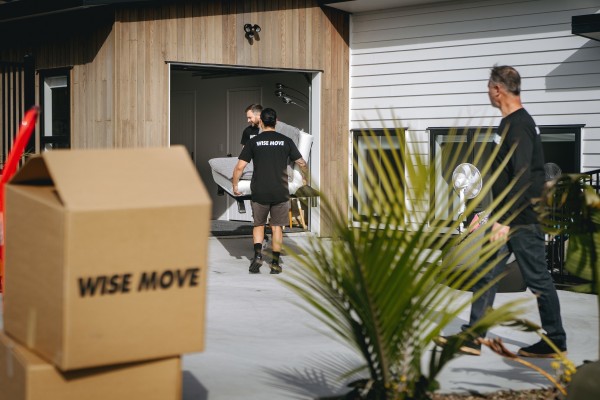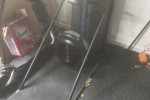Buying a house in New Zealand: New build or renovate which is better?
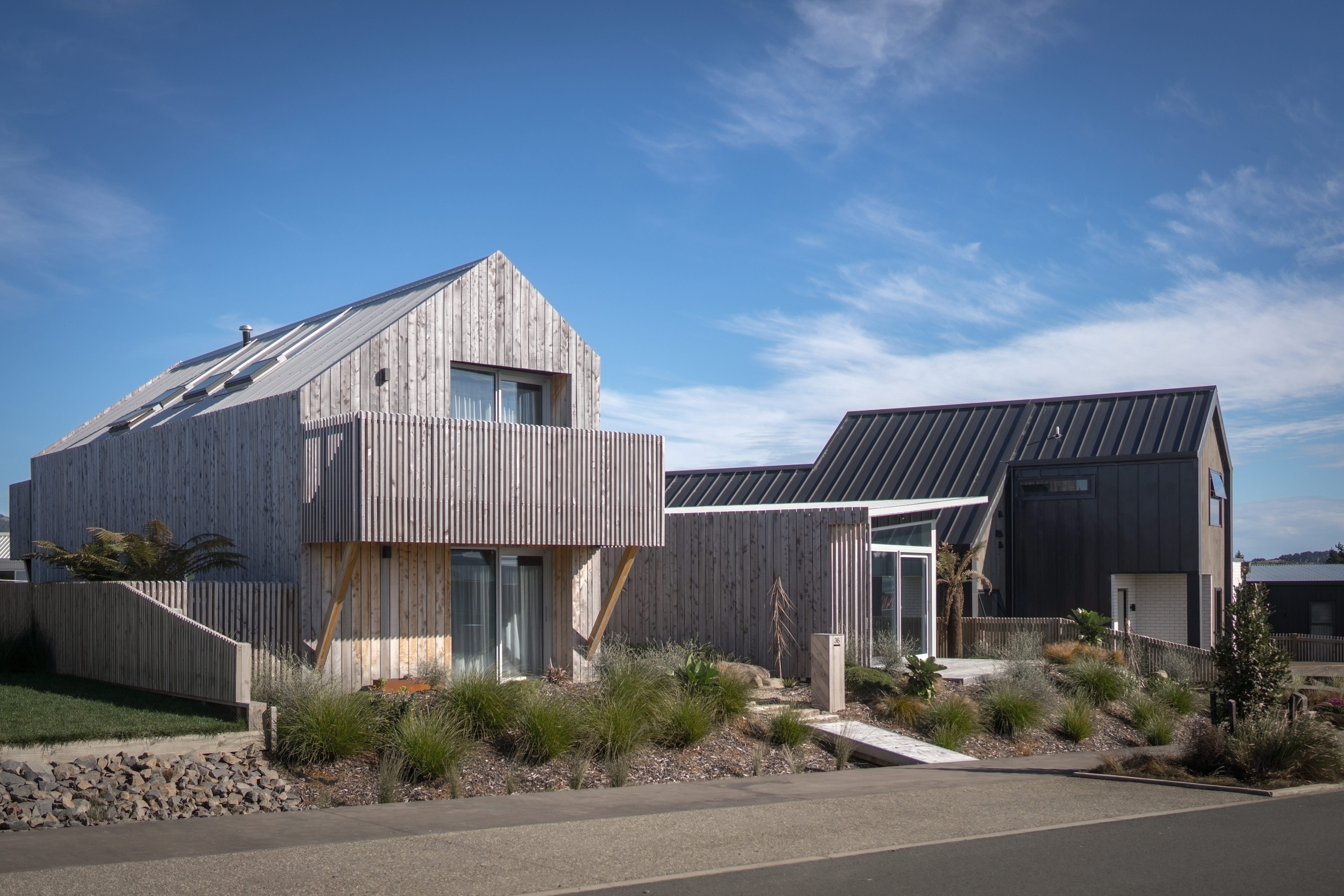
Owning a home in New Zealand is a right of passage. However, getting on the property ladder is much harder for younger generations than it used to be. Today, many people are looking for new ways of owning their own homes and finding a home with good resale value.
This can lead many first-home buyers to compare newly built homes with doer-uppers. Buying in a new neighbourhood can protect homeowners from market downturns, but renovating an old home can be better for your budget and lead to higher returns when you sell. So, which is better?
How to find a home with good resale value in New Zealand
Buying a home with good resale value is smart, especially for first-home buyers. In years gone by, most New Zealanders would purchase a home that needs renovating, do up their first home and reap the benefits when they sell.
Today, existing homes can often price first-home buyers out of the market, especially because it can take ten years to save enough for a 20% deposit. With a brand new property, buyers only have to put down 10%.
Both new and existing homes are affected by location, the neighbourhoods they are in and what amenities are nearby. The resale value of a new and renovated home will depend on whether they are in a sought-after neighbourhood, on the outskirts of town or in a new development.
Should you buy a home that needs to be renovated?
Many New Zealanders like the thought of adding value to their home. Renovating is a great way to increase the property price. However, because renovations are becoming so popular, and with a strong housing market, existing homes that require renovations aren’t as cheap as they once were.
For many older homes, the price of a renovation can cost more than buying a newly built home. Buyers, especially those new to the property market, should think about the cost of a renovation as well the cost of the time it takes to make these improvements and add these expenses to their budget.
Many buyers may actually be better off buying a home that’s finished or a newly built home.
This doesn’t mean buying an older home is a bad idea. However, buyers should do their homework. Get a builders report and have a thorough idea of what needs to be done. You should also consider how long you’ll live in the home for. House flipping is much more risky than renovating and living in a home for seven to ten years.
Should you buy a new home off the plans?
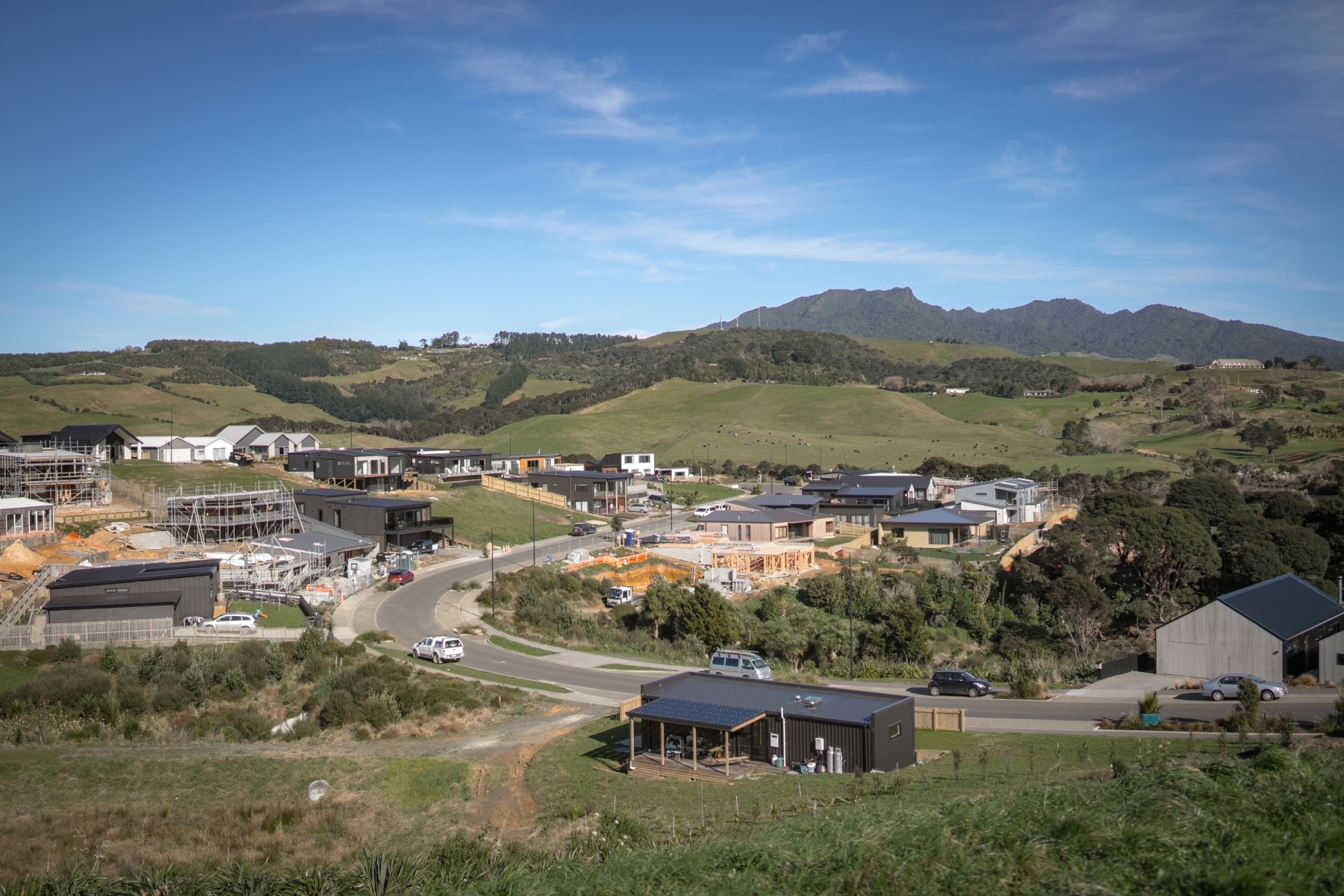
Buying a new home off the plans used to be an option mainly reserved for families or older home buyers. However, many first-time buyers are finding that buying off the plans is the best way to get on the property ladder. Buyers only need to pay a small deposit to secure their home and pay the rest on completion of their build.
There are pros and cons to buying off the plans. While you are locked into buying the home, many buyers have 12 months or longer to save more cash before settling. Buyers can also take advantage of dips in the market and benefit from an increase in value during the 12-18 months between deposit and needing to take out a mortgage.
Many new builds also come with ten-year guarantees. If a newly built home requires any major maintenance, it may be covered by a guarantee.
There are downsides to buying a new build. Sunset clauses can catch first-home buyers out. A sunset clause allows the developer to cancel a contract after a period of time if the build is not completed.
Buyers should be wary of sunset clauses that are shorter than eighteen months to two years. Some buyers have been let down by developers cancelling their contract and relisting developments for sale at a higher price after the market improved.
Where you buy a new home also matters. Buying new in a suburb close to town versus a suburb on the outskirts and away from city amenities may impact how easy it is to sell your home in the future.
Should you buy a new home in an infill development?
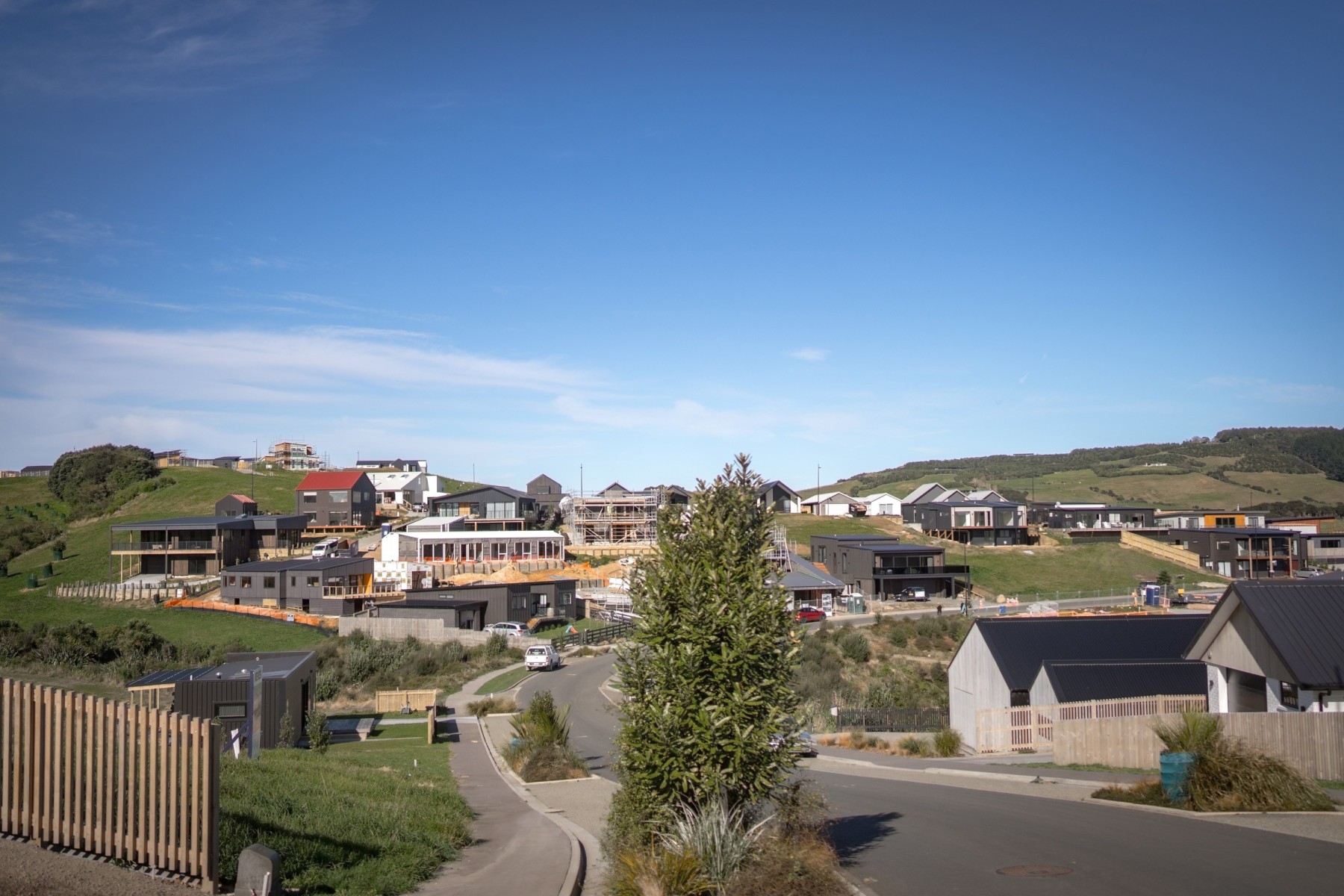
Infill developments are small one-off developments often located within or next to existing suburbs. Prices are usually high, and stock is limited, but buyers should still be careful before they buy.
Make sure you do your homework on the standard of the development. Because these infill developments are usually about maximising returns, new builds may not be of the best quality. Townhouses can be small and sections even smaller, and many developments are designed to just to meet the building code.
These developments are often aimed at investors and first-time buyers who are more interested in getting on the ladder or renting it out than buying something for the long-term. This doesn’t mean that infill developments are a bad option. It just means you should do your homework.
An infill development could mean there are more plans for building in your neighbourhood. Find out whether there are any plans for new buildings near your home. Dense, tall developments can impact the feeling of the neighbourhood by increasing traffic, making on-street parking busier and making streets more dangerous for children to play or cross the road by themselves.
Buying a newly built house or renovating: which is better?
Whether you’re buying a newly built home, renovating or buying a newly renovated home, buyers should always do their home. While there is a tendency to think that you’ll get more bang for your bank with a renovation, that’s not always the case. Buying new is a great way for first-home buyers to get on the property market. Buyers should consider the neighbourhood and the quality of their building before they buy.
What do our customers say?







For every (wise)move



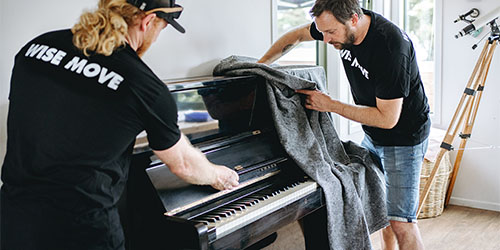
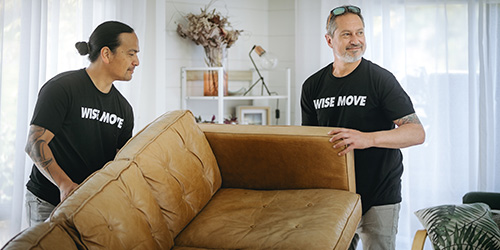



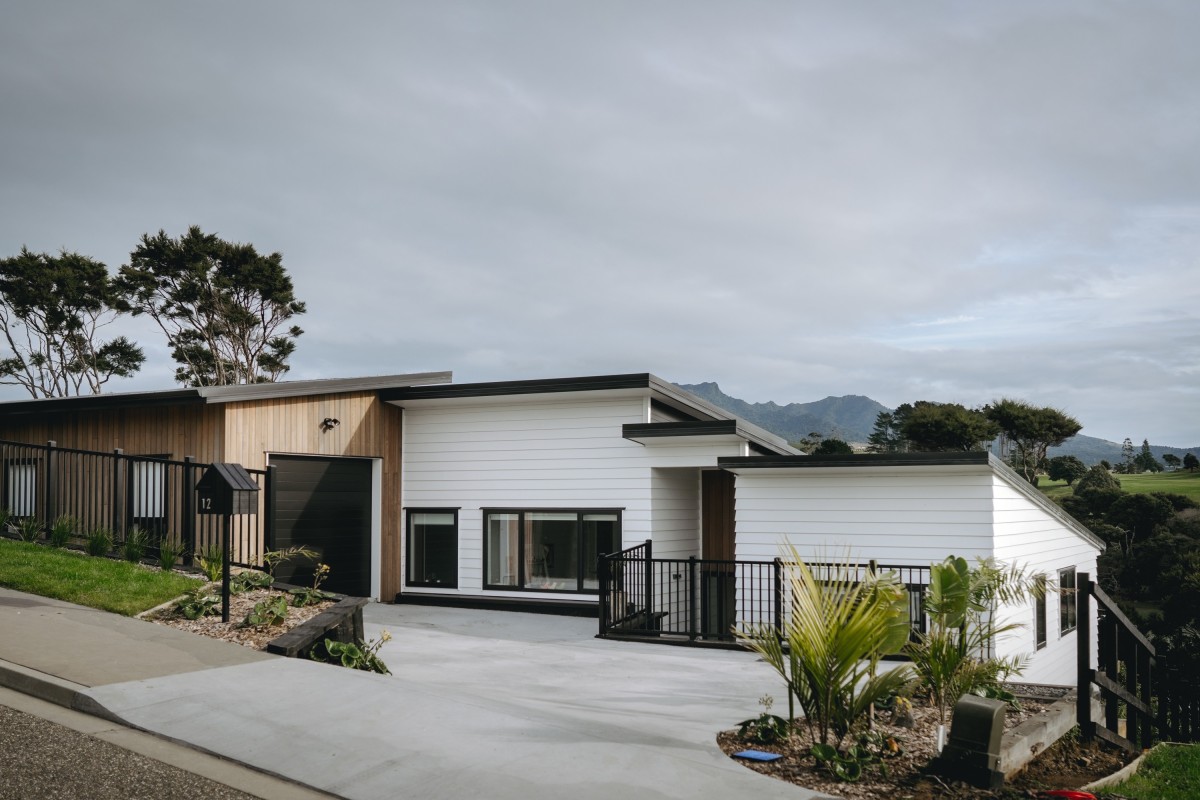
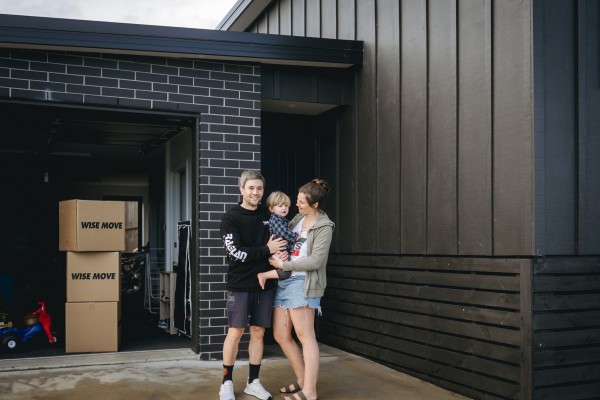
![What does it cost to build a new house in New Zealand? [2025] What does it cost to build a new house in New Zealand? [2025]](https://cdn.wisemove.co.nz/image/blog/ffd5dbdc5eec7e9eb3ad049d6c5c7f4d.jpeg)
